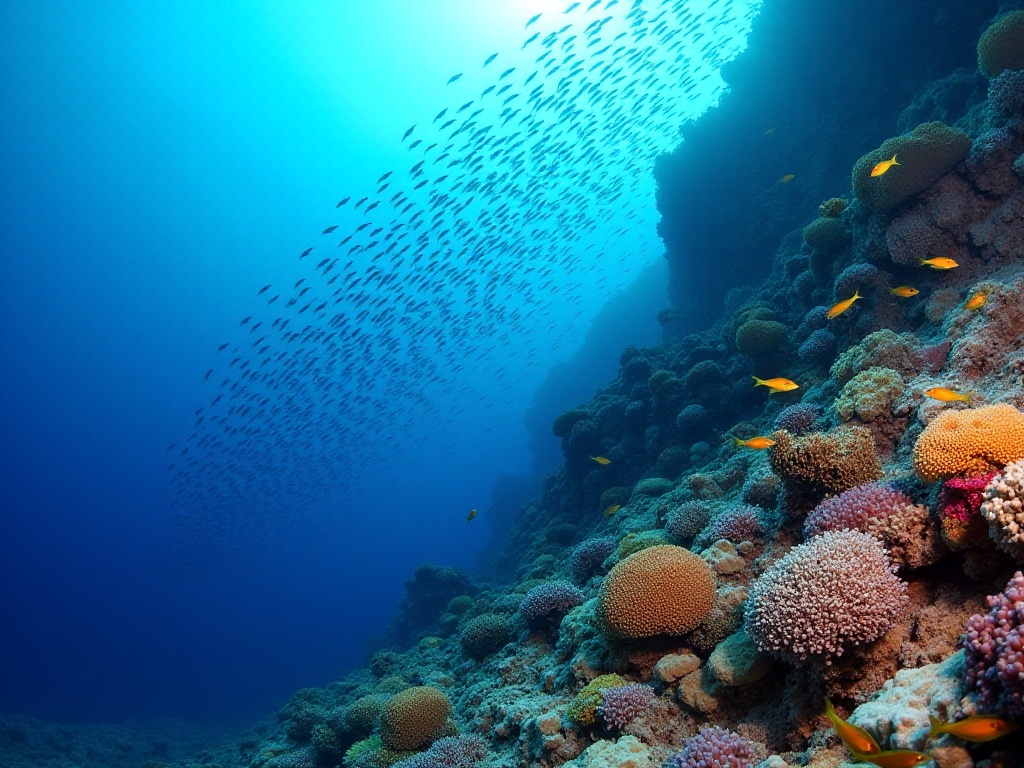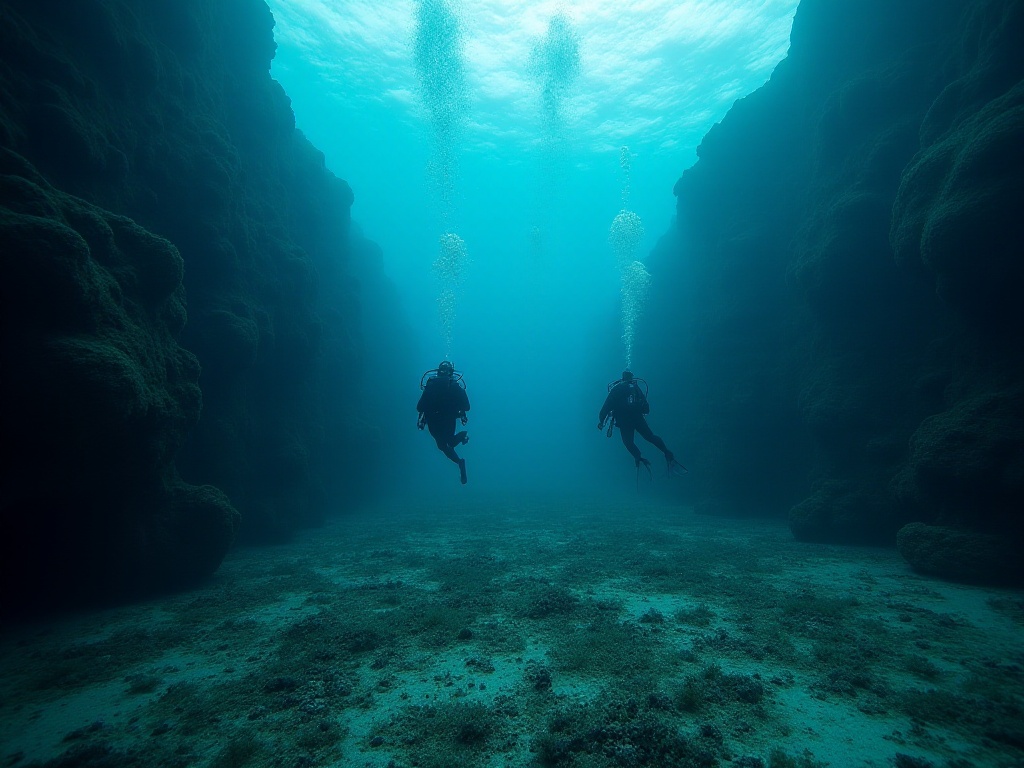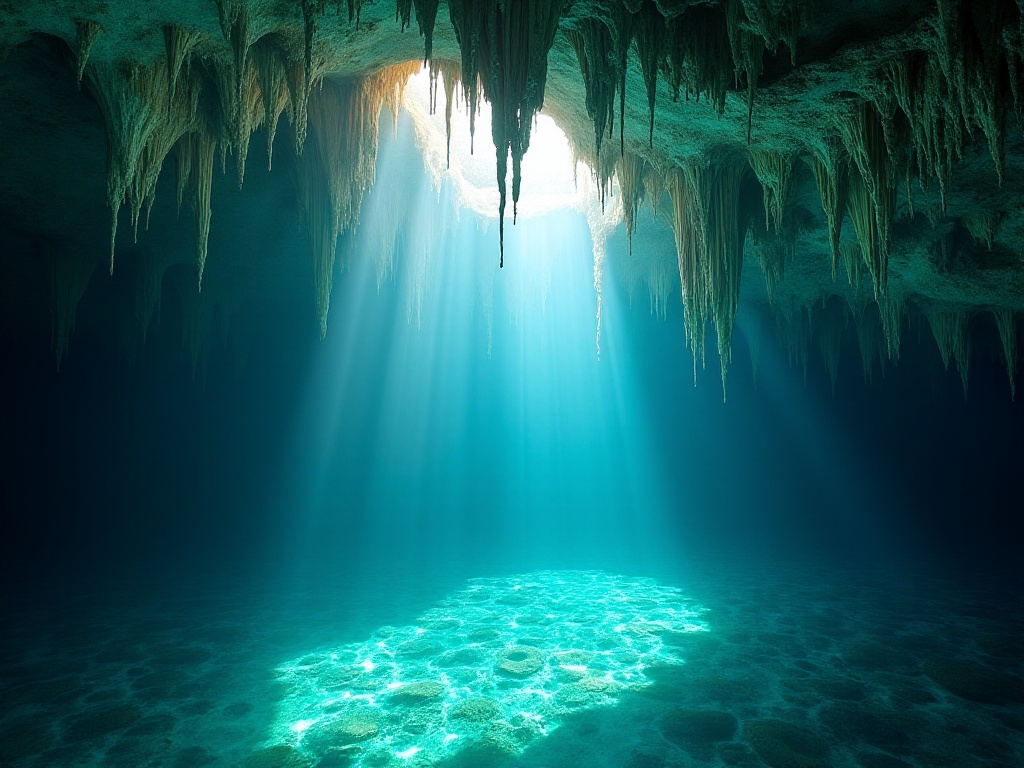Introduction to the Great Barrier Reef
The Great Barrier Reef in Australia is truly incredible! As the only living structure visible from space, it's nature's most perfect masterpiece. It's genuinely massive, spanning over 2,300 kilometers and containing more than 3,000 individual reef systems - the scale is breathtaking. When I first went diving there, I was left speechless. Imagine the moment you descend into the water, surrounded by a vast blue ocean, with colorful corals stretching as far as the eye can see, and tropical fish swimming all around you. It feels like stepping into an underwater world.
As the world's largest coral reef system, the Great Barrier Reef isn't just a diver's paradise - it's one of Earth's most biodiverse places. It's home to over 1,500 species of tropical fish, 400+ types of hard coral, 4,000 species of mollusks, plus turtles, dolphins, and sharks. Every dive feels like visiting a giant underwater museum, with new surprises around every turn.
Best Time to Visit
Let me tell you about the best time to visit. May to October is absolutely ideal - it's like these months were made for diving. The water temperature ranges from 22-25 degrees Celsius. While it might feel a bit cool, it's perfect with a wetsuit and ideal for extended underwater activities. Most importantly, the visibility during this period is excellent, often reaching 15-20 meters, sometimes even further.
Plus, during this time, you can witness humpback whale migration - a truly unique experience! Imagine diving and suddenly seeing a pod of massive humpback whales gliding past you. Their elegant movements and impressive size create an indescribable feeling. If you're lucky, you might even hear them singing underwater, the sound traveling through the water giving you goosebumps.
While May-October is the prime viewing period, each month offers something special. November to January is sea turtle nesting season, and February to April has more rain but warmer water temperatures, suitable for those sensitive to cold. Choose your timing based on your interests and comfort level.
Must-Visit Dive Sites
Norman Reef
Norman Reef is absolutely the top dive site in the Great Barrier Reef, no contest! With coral coverage exceeding 70%, it's literally an underwater garden. Various soft and hard corals compete for attention here, some looking like carefully trimmed bonsai, others like wildflowers, each one stunningly beautiful.
My first dive here revealed over 100 different coral species - too many to count. There's staghorn coral branching like antlers, brain coral with its rounded shapes, and table coral spreading like flat surfaces. Each coral type has its unique form and color, shimmering in the sunlight.
Norman Reef is also rich in fish life, with regular sightings of butterfly fish and angelfish schools weaving through the coral, and occasional encounters with massive Napoleon wrasse. If you're lucky, you might spot sea turtles feeding or resting. I once encountered a green sea turtle calmly eating seagrass right next to me - it was such a peaceful moment.
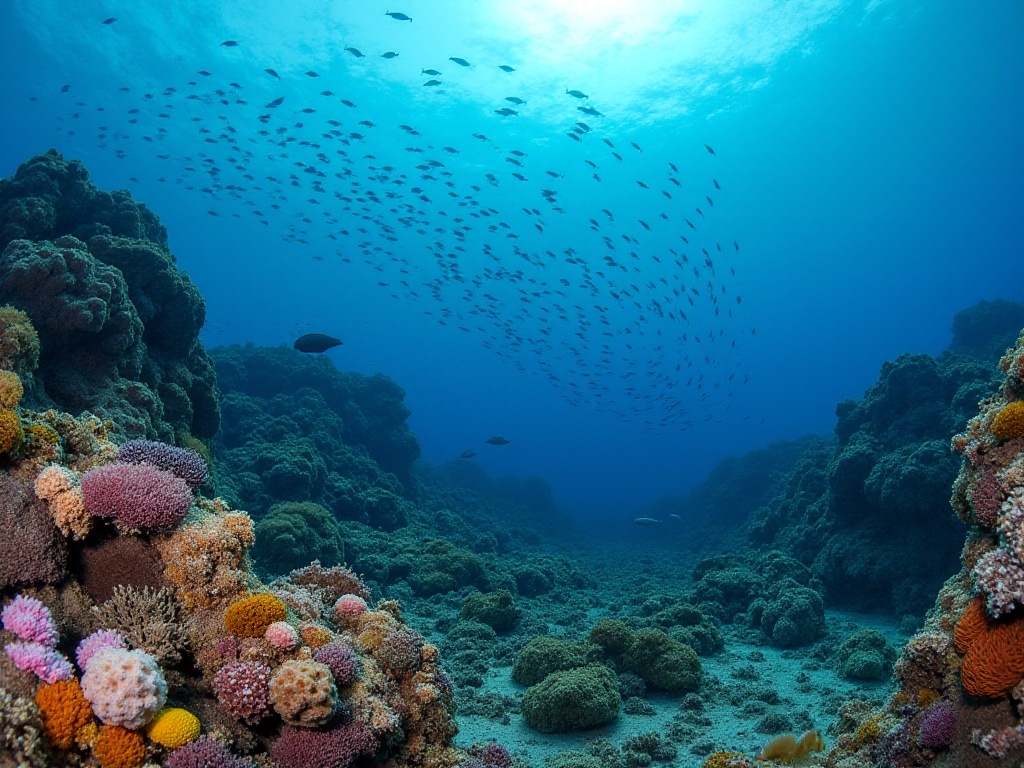
Lizard Reef
Lizard Reef is definitely one of my favorites! The most amazing thing here is the grouper spawning season from June to July. My goodness, it's an incredible sight! Thousands of groupers gather together like they're having a huge underwater party. When I witnessed this scene last year, I was completely amazed - the dense school of fish formed what looked like a living wall.
Beyond the groupers, Lizard Reef is famous for its rich marine ecosystem. It features over 350 species of hard coral, countless soft corals, and various sea fans and whips. Best of all, the currents here are relatively mild, making it perfect for divers of all levels. I often see beginners practicing here because it's relatively safe while offering spectacular views.
Diving at Lizard Reef always holds potential surprises. Sometimes it's clownfish playing in anemones, sometimes it's parrotfish feeding on coral, or even reef sharks patrolling nearby. I remember once encountering a group of manta rays here, gliding gracefully through the water like an underwater ballet.
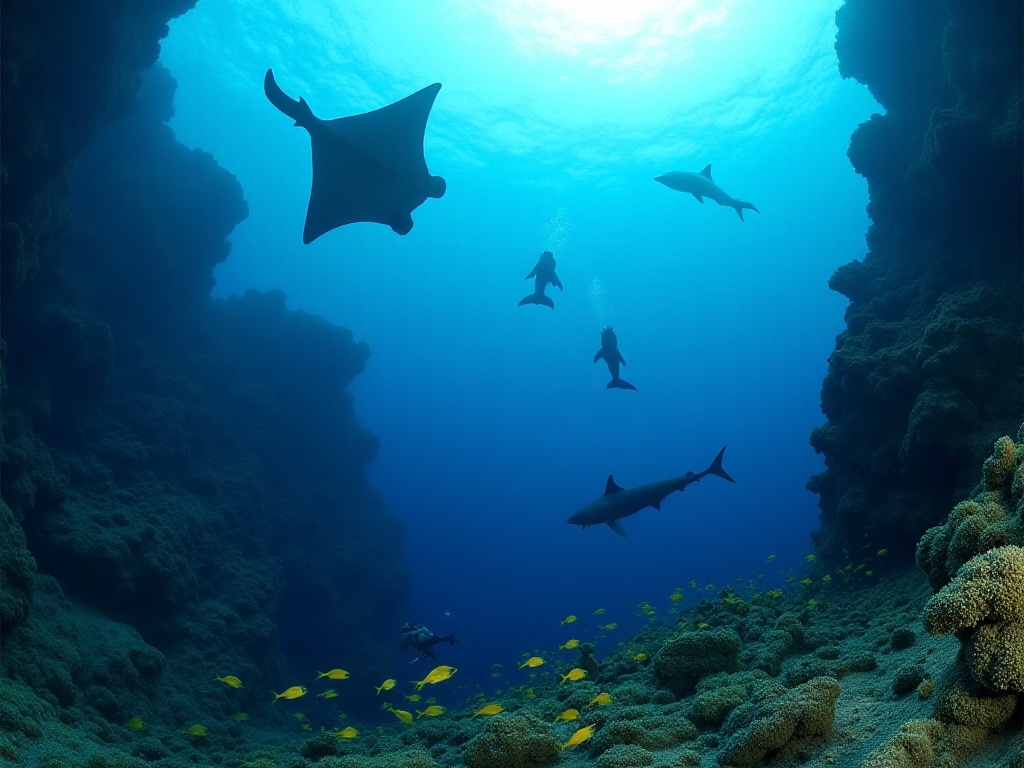
Equipment Preparation
The right equipment is crucial for diving the Great Barrier Reef - it directly affects your experience. First, a rashguard is absolutely essential. The Australian sun is incredibly strong, and without proper sun protection, you'll quickly turn into a lobster. I recommend choosing a professional rashguard with UPF50+ protection, preferably long-sleeved, for both sun protection and jellyfish protection.
A dive computer is also crucial equipment. Today's dive computers are highly sophisticated, showing real-time depth and dive time, monitoring ascent rates, and some even include compass functions. I personally use a Suunto D5 - while expensive, it's comprehensive and user-friendly, perfect for beginners.
An underwater camera is essential too. Trust me, you'll regret not having one when you see the vibrant corals and adorable marine life. There are many underwater camera options available, from hundred-dollar action cameras to professional diving cameras costing thousands. For beginners, I recommend starting with an entry-level action camera like GoPro - they're waterproof, easy to use, and provide good image quality.
Additionally, you'll need: - Dive mask: Recommend silicone material for comfort - Snorkel: Preferably dry snorkel to prevent water entry - Diving boots: Protect feet from coral cuts - Underwater flashlight: For low-light deep areas - Diving gloves: Protect hands and prevent coral contact - Waterproof bag: For personal items like phones and wallets
Remember, it's not about having the most equipment, but having the right equipment. Choosing gear that suits you is more important than blindly pursuing high-end items.
Safety Guidelines
Regarding safety, this is absolutely crucial. While the Great Barrier Reef is beautiful, it does have its dangers. During the dry season (May to October), lethal box jellyfish appear. These small creatures may be tiny, but their venom is extremely potent. Always wear professional protective gear, preferably full-body suits, for the best protection.
Weather conditions must be monitored. If wind speeds exceed 20 knots, diving is not recommended. Strong winds not only affect visibility but also create stronger currents, increasing risk. I suggest checking weather forecasts several days before your trip to choose suitable dates.
Additionally, pay special attention to: - Get a medical check before diving; avoid diving with cold or fever symptoms - Strictly follow dive interval times; don't ignore safety for extra dives - Monitor oxygen levels constantly; surface immediately when reaching warning levels - Maintain proper ascent speeds and safety stops - Keep regular contact with dive buddies; never dive alone - Report any discomfort to your instructor immediately
Cost Reference
Diving the Great Barrier Reef requires a considerable budget. A one-day trip with two dives costs around 250-300 AUD, while a three-day professional diving course ranges from 700-800 AUD. This includes boat fees, equipment rental, and instructor guidance.
Besides these basic costs, consider other expenses: - Accommodation: From 30 AUD for hostels to hundreds for luxury hotels - Food: Normal restaurant meals cost 20-30 AUD - Transportation: Airport transfers and daily pier transit - Equipment purchase: At least 1000 AUD if buying your own - Insurance: Strongly recommend dive insurance, about 50-100 AUD
While expenses seem high, the experience is worth it. Many costs are one-time, like equipment purchases, which can be used repeatedly.
Diving Techniques
For beginners, mastering proper diving techniques is crucial. Start by practicing breathing rhythm in shallow water - this is fundamental and critical. Remember, underwater breathing must be slow and steady; don't let excitement or nervousness cause rapid breathing.
I made this mistake on my first dive. Too excited, I breathed too quickly, causing ear pressure discomfort and nearly giving up. Later, with instructor guidance, I learned proper breathing: deep, slow inhalation and complete exhalation, maintaining steady rhythm.
Beyond breathing, these techniques are important:
Buoyancy control: Possibly the hardest skill to master. Learn to control position using BCD (Buoyancy Control Device) and breathing. It might seem difficult initially, but like riding a bicycle, once mastered, it's never forgotten.
Ear equalization: Equalize frequently while descending, recommended every 1-2 meters. The simplest method is pinching your nose and gently blowing until you hear a "pop."
Hand signals: Master essential underwater communication signals. Basic signals like "OK," "ascend," "descend," "low air" must be second nature.
Position maintenance: Keep horizontal underwater to reduce resistance and avoid coral contact. Maintain slight forward tilt with gentle fin kicks.
Visual control: Don't fixate on one spot; regularly scan surroundings. This helps spot more scenery and track buddy location.
Environmental Awareness
The Great Barrier Reef's environmental issues are concerning. Due to climate change and ocean acidification, coral bleaching has become increasingly severe. According to the Australian Institute of Marine Science, coral coverage has declined nearly 50% over the past 30 years - an alarming statistic.
As divers, we're all responsible for protecting this beautiful marine environment. Fundamentally, avoid touching or stepping on coral, as they're extremely fragile and even slight contact can cause permanent damage. Never litter - even a small plastic bag can be lethal to marine life.
While diving, particularly note: - Maintain proper buoyancy to avoid coral contact - Don't chase or harass marine life - Don't remove any marine life or coral - Use eco-friendly sunscreen to avoid chemical water pollution - Participate in ocean cleanup activities to help conservation
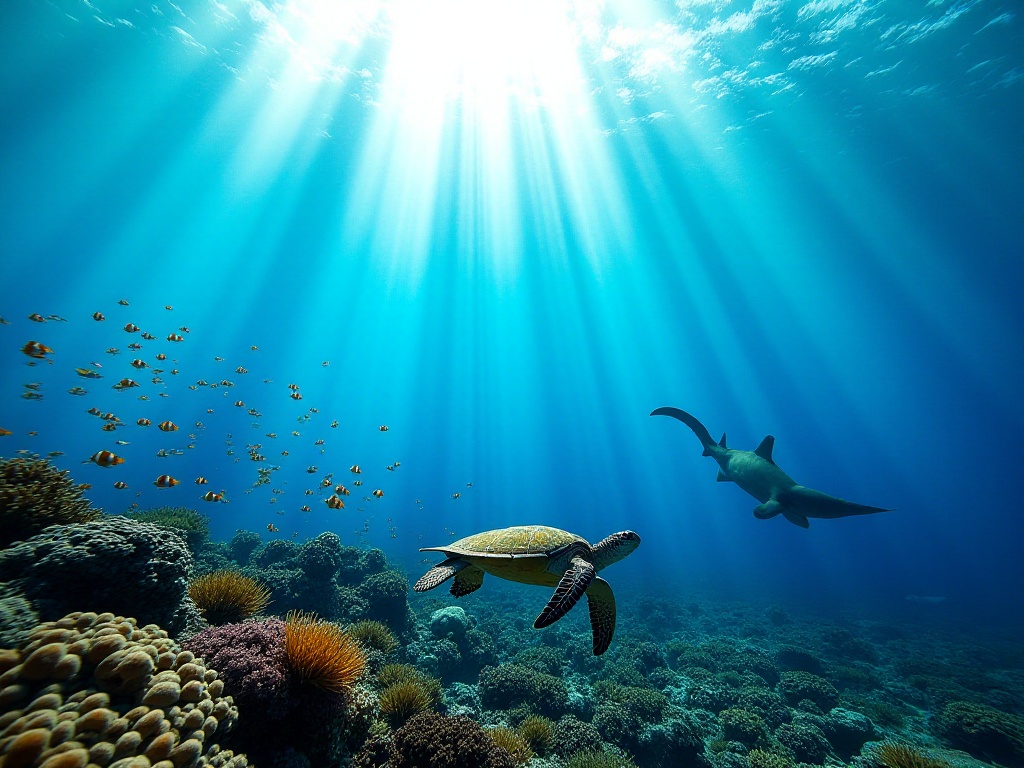
Food Recommendations
After diving, you must visit Cairns' seafood market! The seafood is incredibly fresh with amazing variety. Coral prawns are a must-try - they're large, succulent, and delicious with minimal cooking. Oysters are exceptional too - fresh ones need just a squeeze of lemon juice.
I once had a two-kilogram mud crab here - the size was incredible. The meat was succulent, full of roe, and perfectly paired with local beer - absolute heaven. Other recommendations include: - Lobster: Large, firm meat, best steamed to preserve natural flavor - Scallops: Fresh scallops need just a light sear - Fish: Coral trout and red snapper are local specialties - Shellfish: Besides oysters, try mussels and clams
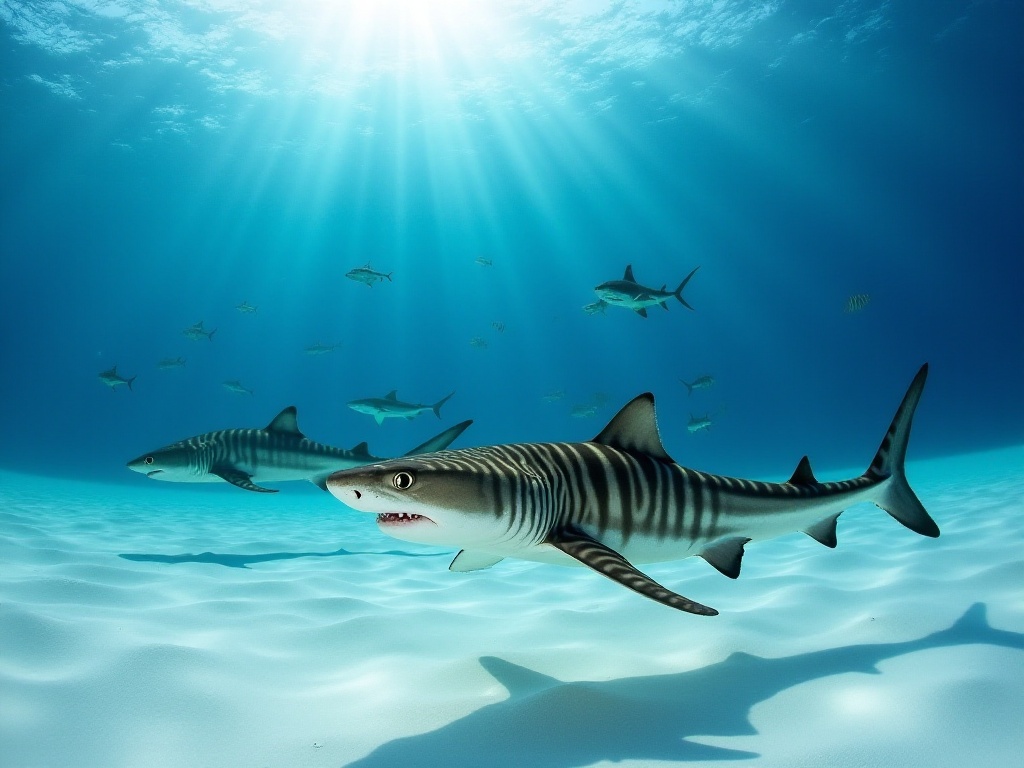
Accommodation Suggestions
If budget allows, strongly recommend staying on Hamilton Island. While it starts at 400 AUD per night, it's worth it! Wake up to sunrises and watch stars from your balcony at night. The location is perfect, close to the best dive sites, saving travel time.
Island hotels offer comprehensive facilities: - Private pools - Gyms - Spa centers - Various restaurants - Sports facilities like tennis courts
For budget travelers, Cairns hostels are good options. Priced at 30-50 AUD per night, they're simple but clean and neat, plus you can meet fellow divers from around the world to exchange experiences.
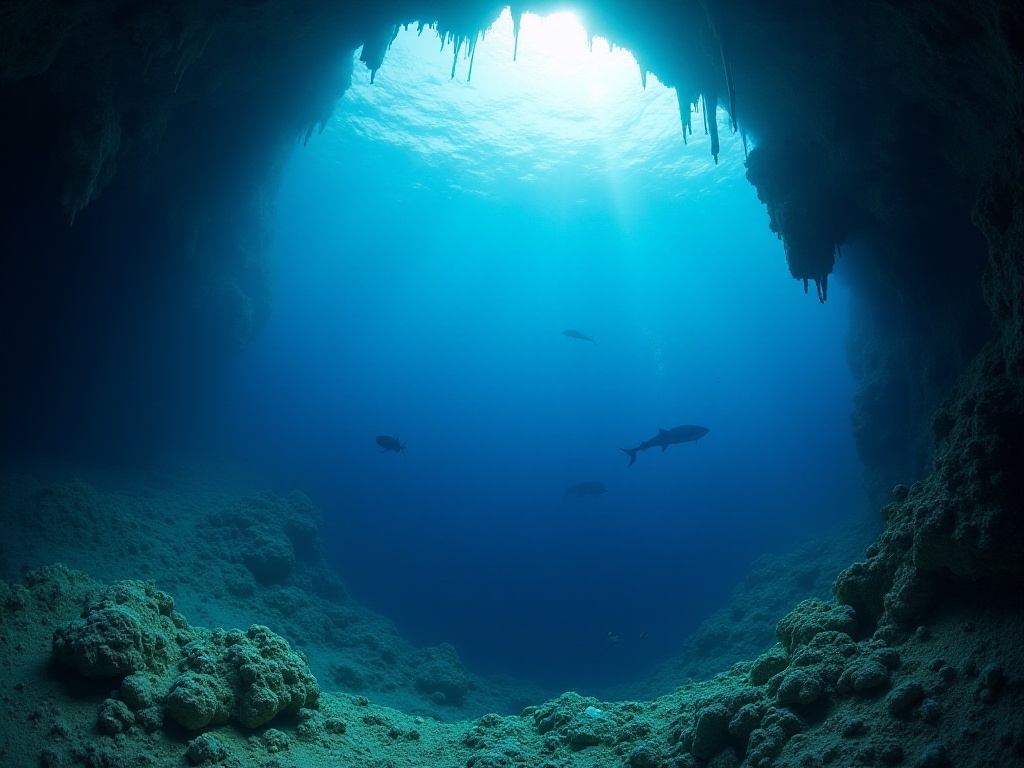
Trip Planning
To fully experience the Great Barrier Reef, plan at least five days. Day one is for shallow water adaptation, mastering basic diving techniques and equipment use. Focus on building confidence rather than sightseeing.
Day two, follow instructors to deeper water. With basic skills mastered, start enjoying the views. Instructors will guide you to beginner-friendly sites offering both safety and scenery.
Day three, visit the outer reef for more spectacular views and richer coral and fish varieties. Note that outer reef currents may be stronger - follow instructor guidance.
Day four, Lizard Reef is a great choice, especially during grouper spawning season. Try two dives, morning and afternoon, to see different times of day.
The final day, relax on the beach, organize photos and videos. If energetic, explore nearby rainforests for tropical forest charm.
During daily dive intervals, remember: - Stay hydrated - Rest adequately - Reapply sunscreen - Check equipment condition - Maintain energy levels
After all this, aren't you excited to dive the Great Barrier Reef? Trust me, when you see the colorful corals and swim with various tropical fish, you'll fall in love with this magical marine world. So, ready your diving gear - shall we meet at the Great Barrier Reef?


